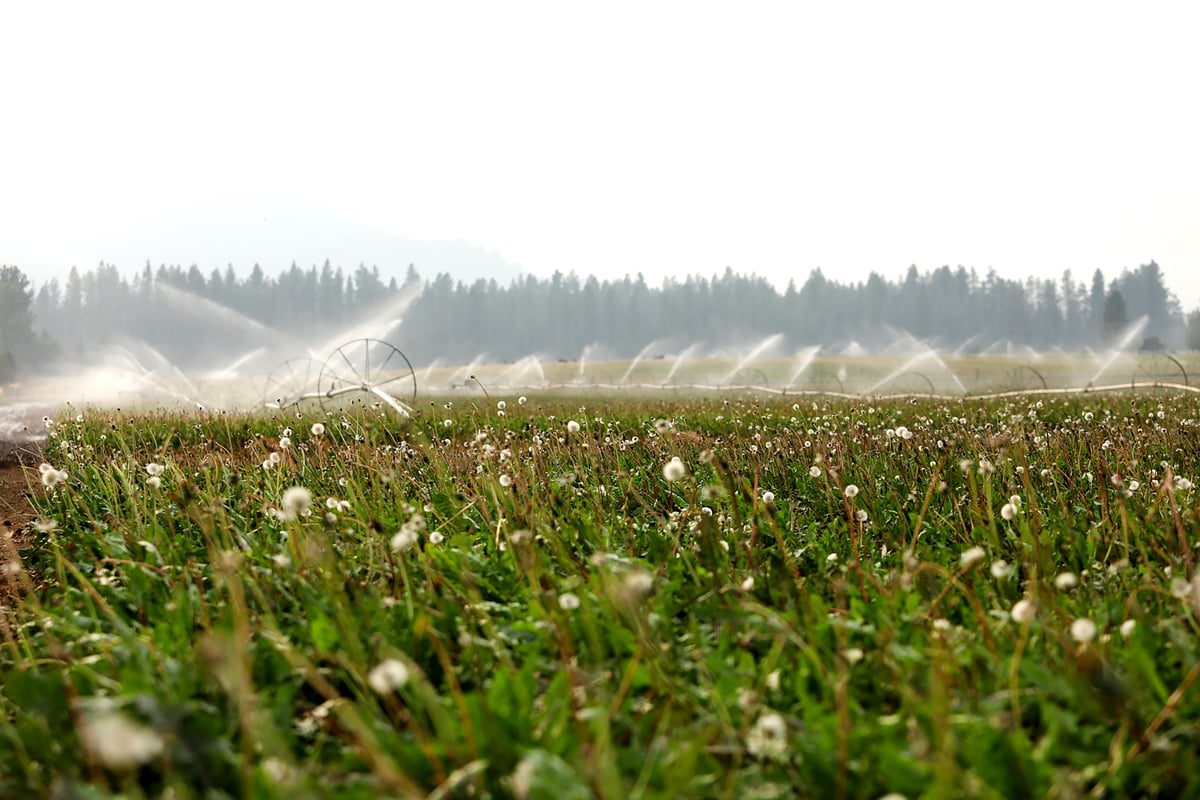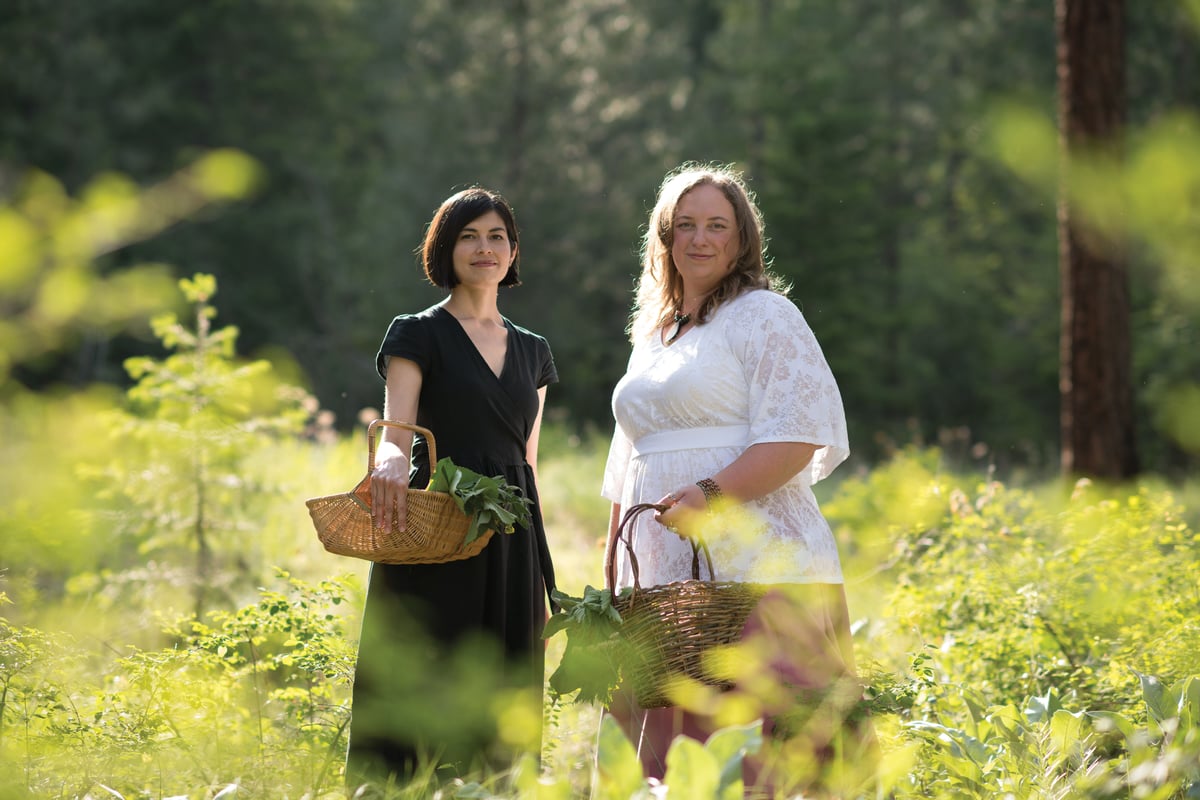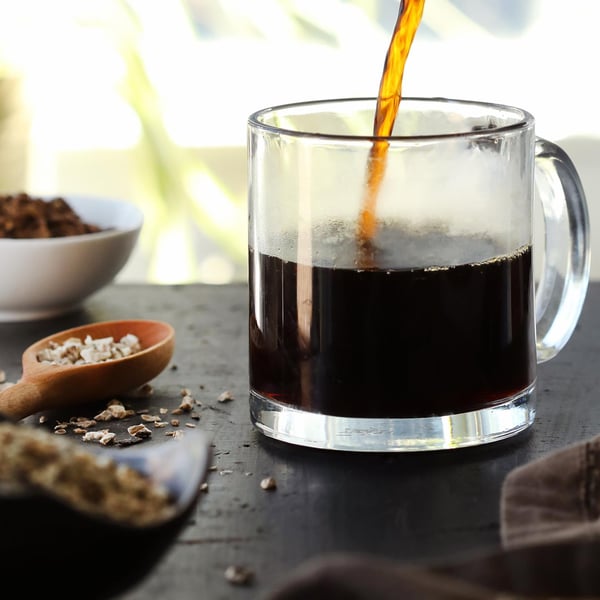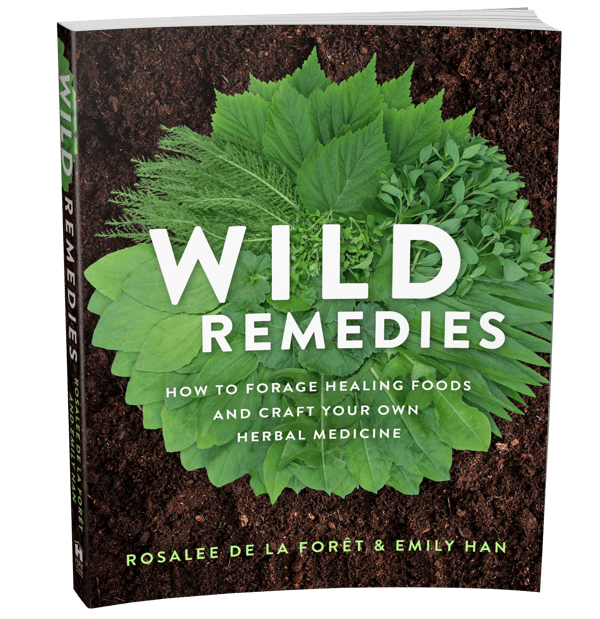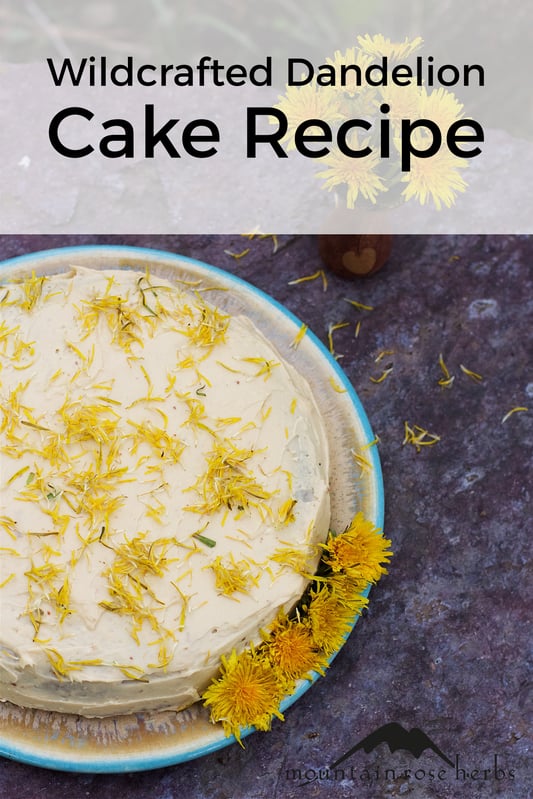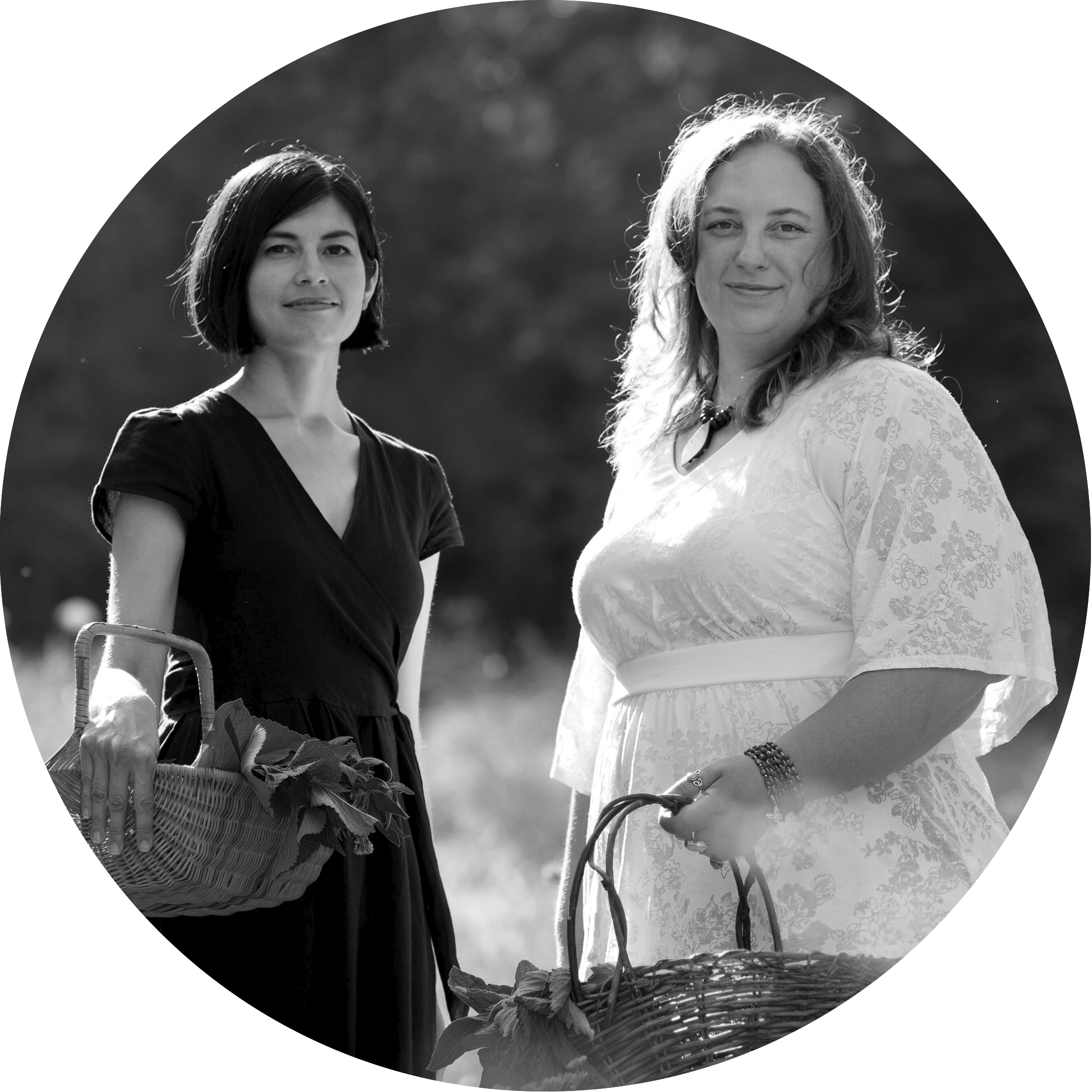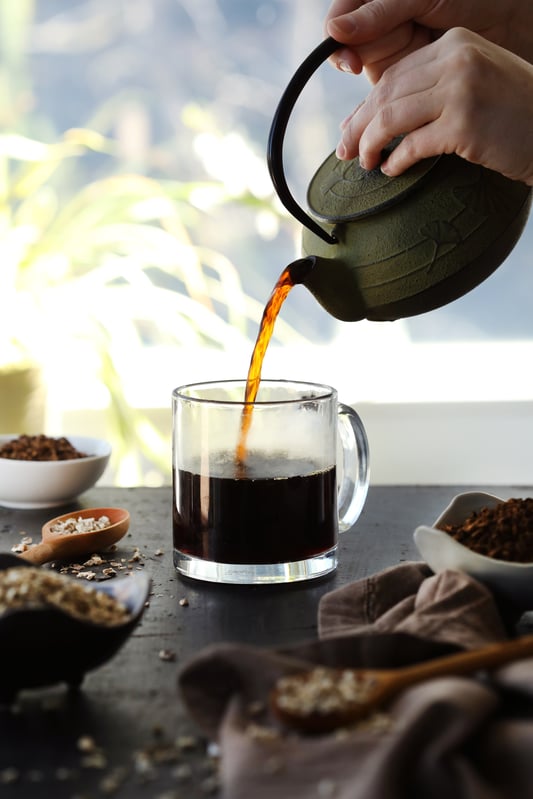 Dandelions tell us that spring is here! Often among the first flowers to emerge, especially in northern climates, dandelions bring important early nectar to honeybees and lift the hearts of all who anticipate longer days and warmer temperatures. The golden orbs fill lawns and meadows and even appear between the cracks in concrete. Dandelion is both tenacious and generous, and is one of our most-needed plant medicines.
Dandelions tell us that spring is here! Often among the first flowers to emerge, especially in northern climates, dandelions bring important early nectar to honeybees and lift the hearts of all who anticipate longer days and warmer temperatures. The golden orbs fill lawns and meadows and even appear between the cracks in concrete. Dandelion is both tenacious and generous, and is one of our most-needed plant medicines.
Dandelion is an opportunistic plant that originated in Eurasia and spread to all temperate climate zones of the world. Europeans have long loved the plant as both food and medicine, and most likely intentionally (and unintentionally) brought the seeds with them to North America, where dandelion quickly spread. Anita Sanchez, author of The Teeth of the Lion, reports that a 1672 New England botanical survey listed dandelions as well-established. Sanchez also says that the plants were introduced to Canada by the French and to the West Coast by the Spanish.
It wasn’t until the mid-19th century that the desire for the perfect lawn engendered a common disdain for this beautiful plant. Today consumers spend billions of dollars on ecologically harmful herbicides for their lawns, mostly to eradicate dandelions.
HOW TO IDENTIFY Dandelions
This plant is so well known that it may seem unnecessary to provide a description. However, people often mistake other yellow-flowered plants for dandelions, so it is useful to go over the details.
Dandelions have a dense basal rosette of lanceolate or oblong leaves that are 2 to 14 inches long and 0.5 to 3 inches wide. Each leaf has deeply lobed, irregular teeth and is generally broader at the tip. When broken, the leaves and stems exude a milky sap.
From the center of the rosette arises one or more flowering stalks. Each stalk is hollow and leafless and has a solitary yellow flower head. The composite flower head is 1 to 2 inches in diameter, cupped by pointy green bracts, and composed of numerous yellow ray florets. (It has no disk florets.)
The fruit is a dry brown or gray seed with a tuft of silvery white hairs, which gives the mature flower head its round, furry appearance and helps disperse the seeds in the wind.
ECOLOGICAL CONNECTIONS
Many species of moth caterpillars eat the foliage of the dandelion, as do mammals, including rabbits, groundhogs, pocket gophers, deer, elk, and bears.
The flowers provide nectar and pollen to insects such as honeybees, native bees, bee flies, and hoverflies. Small birds, including goldfinches and English sparrows, eat the seeds.
Photo reprinted, with permission, from Wild Remedies: How to Forage Healing Foods and Craft Your Own Herbal Medicine.
HOW TO HARVEST Dandelions
Leaves and flowers can be gathered by hand or with scissors throughout the growing season. The leaves are best when young, as they become more bitter and tough as they age. There’s no set rule as to when they are tasty and when they’re not. Look for visibly young leaves then nibble some to let your palate decide.
Flowers and buds can be used whenever they are available. The flowers will readily go to seed, so it’s best to harvest them and then use them immediately. When harvesting flowers, keep in mind that they provide early spring food for bees and other insects.
Dandelions tend to thrive on their own, but you can help keep a stand going by maintaining some of the roots or letting the flowers go to seed.
HARVESTING preCAUTIONS
Every year billions of dollars are spent on herbicides attempting to eradicate the dandelion. Harvest dandelions in an area that hasn’t been poisoned for at least three years and is free of heavy metals.
Potential look-alike plants include cat’s ear (Hypochaeris radicata), hawkweed (Hieracium pilosella), sow thistle (Sonchus spp.), chicory (Cichorium intybus), and young wild lettuce (Lactuca spp.).
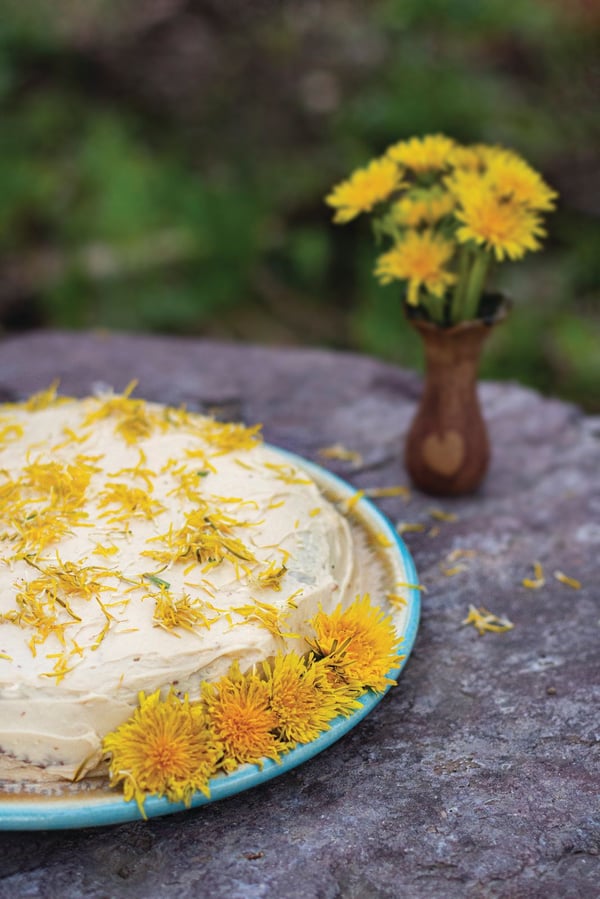 Photo reprinted, with permission, from Wild Remedies: How to Forage Healing Foods and Craft Your Own Herbal Medicine.
Photo reprinted, with permission, from Wild Remedies: How to Forage Healing Foods and Craft Your Own Herbal Medicine.
Dandelion Maple Syrup Cake with Buttercream Icing
Makes a 9-inch round cake (about 8 medium servings).
Here’s a delicious way to enjoy sunny dandelion blooms. Serve this cake as part of a brunch or as an after-dinner dessert. To make this recipe, harvest about two cups of flower heads just before you begin to bake; otherwise, they may turn into puff balls on your counter. Process the flower heads by removing all the sepals and bracts, basically separating out the yellow flowers from all the green bits.
Dandelion Flower Cake Recipe
Ingredients
- 1/2 cup unsalted butter, softened
- 1/2 cup pure maple syrup
- 2 large free-range eggs
- 1 tsp. organic or homemade vanilla extract
- 3/4 cup freshly picked dandelion flowers (sepals and bracts removed)
- 1 cup organic whole wheat pastry flour (or gluten-free all-purpose flour)
- 1 cup organic rolled oats
- 1 tsp. organic cinnamon powder
- 1/2 tsp. baking soda
- 1/2 tsp. sea salt
- 1/4 cup organic raisins, chopped (optional)
- 1/4 cup organic walnuts, chopped (optional)
Directions
- Preheat the oven to 375° F and grease a 9 x 2-inch glass pie plate with butter.
- Combine the butter, maple syrup, eggs, and vanilla in a medium bowl. Add the dandelion flowers and mix well. Set aside.
- Combine the flour, oats, cinnamon, baking soda, and salt in a medium bowl.
- Slowly add the dry mixture to the wet mixture while stirring. If using raisins and/or walnuts, add them now.
- Press the batter into the greased pie plate. Bake for 30 to 35 minutes or until a toothpick inserted into the center comes out clean. Let cool.
Buttercream Frosting recipe
Ingredients
- 8 oz. organic cream cheese, softened
- 1/4 cup unsalted butter, softened
- 1/4 cup pure maple syrup
- 1/4 cup freshly picked dandelion flowers (sepals and bracts removed)
Directions
- In a medium bowl, combine the cream cheese, butter, and maple syrup.
- Using a hand mixer, blend well. Taste and add more maple syrup if desired.
- When cake is cooled, invert onto a sheet pan or large, flat plate. Frost the top and sides. Immediately before serving, sprinkle fresh dandelion flowers on top for garnish.
Roasted Roots Brew with Dandelion, Burdock & Chicory
Makes about 1 serving.
This rich, earthy, and nutritious decoction is the perfect pairing, both in spirit and flavor, to the sweet treat above. Serve them together at your next garden party for a whole-plant wildcrafted menu.
Ingredients
- 1 tsp. finely chopped organic roasted dandelion root
- 1 tsp. finely chopped organic roasted chicory root
- 1 tsp. finely chopped organic burdock root
- 1 1/2 cup water
- Milk and raw, local honey, to taste
Directions
- Place all the herbs in a small saucepan. Add water and bring to a boil, then reduce the heat and simmer for 30 minutes, covered.
- Strain. Add milk and honey, if desired. Consume within 24 hours.
(The above article, recipes, and credited photos were adapted from Wild Remedies: How to Forage Healing Foods and Craft Your Own Herbal Medicine by Rosalee de la Foret and Emily Han and reprinted with permission from the authors. )
Need More Recipes for your foraged flowers?
Try This Elder Flower Simple Syrup!
You might also enjoy:
- How to Harvest Nettle Without Getting Stung
- Mint Matcha Butter Mochi Cakes
- Dandelion & Orange Bitters for Digestion

